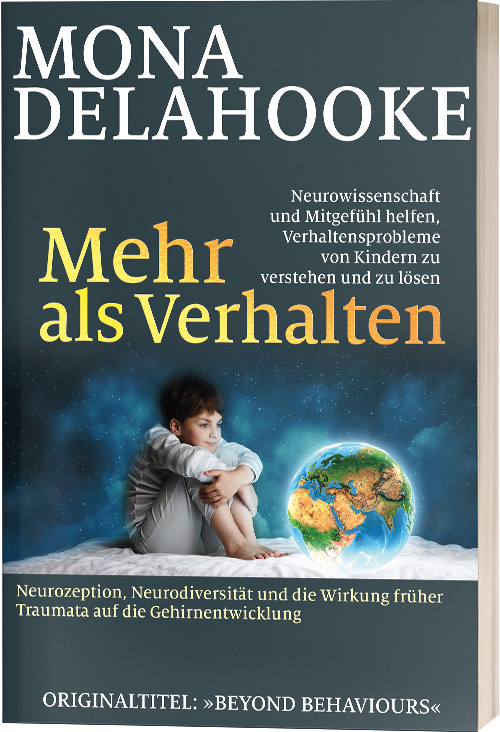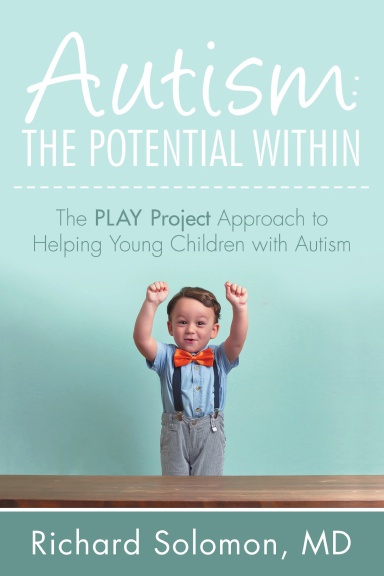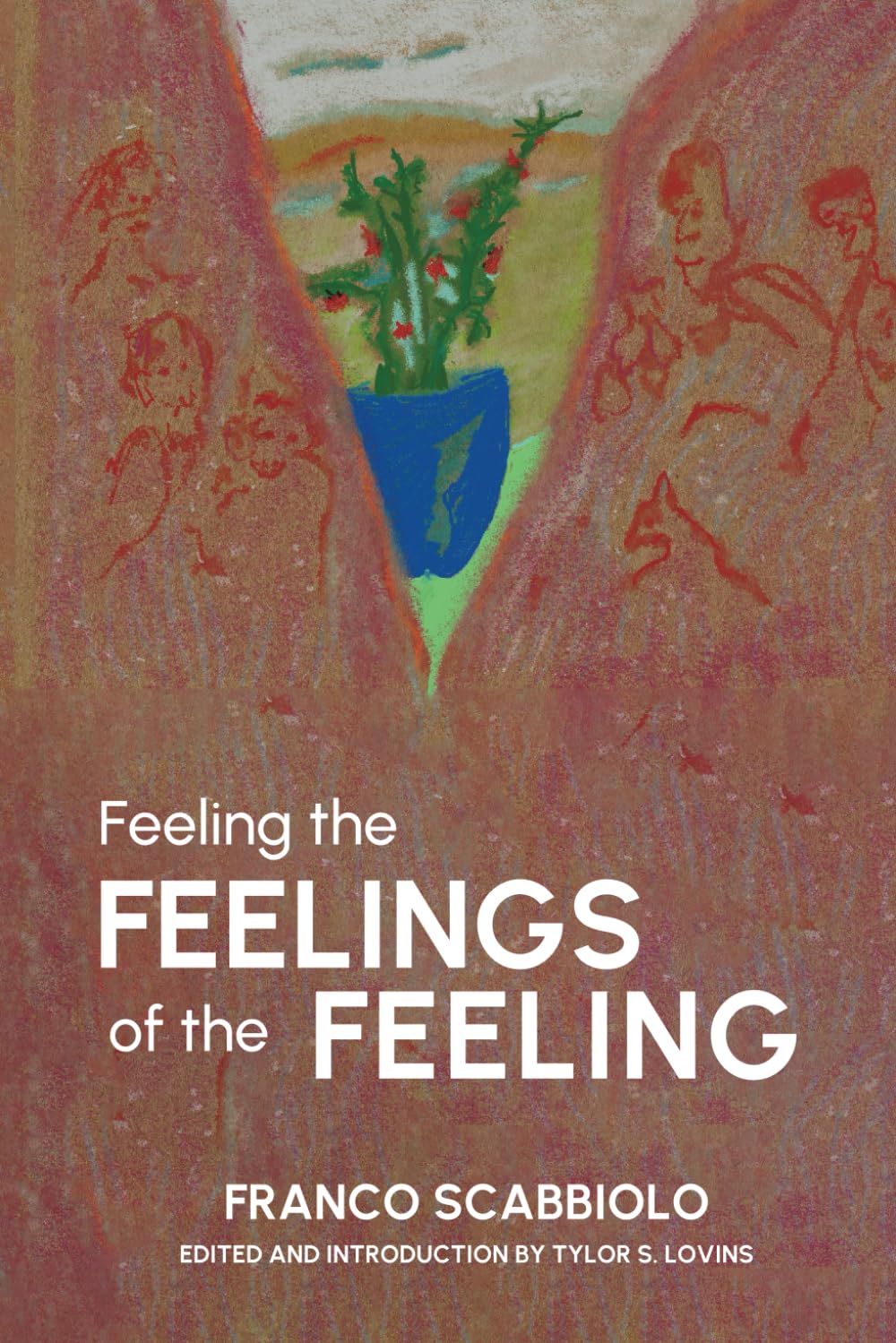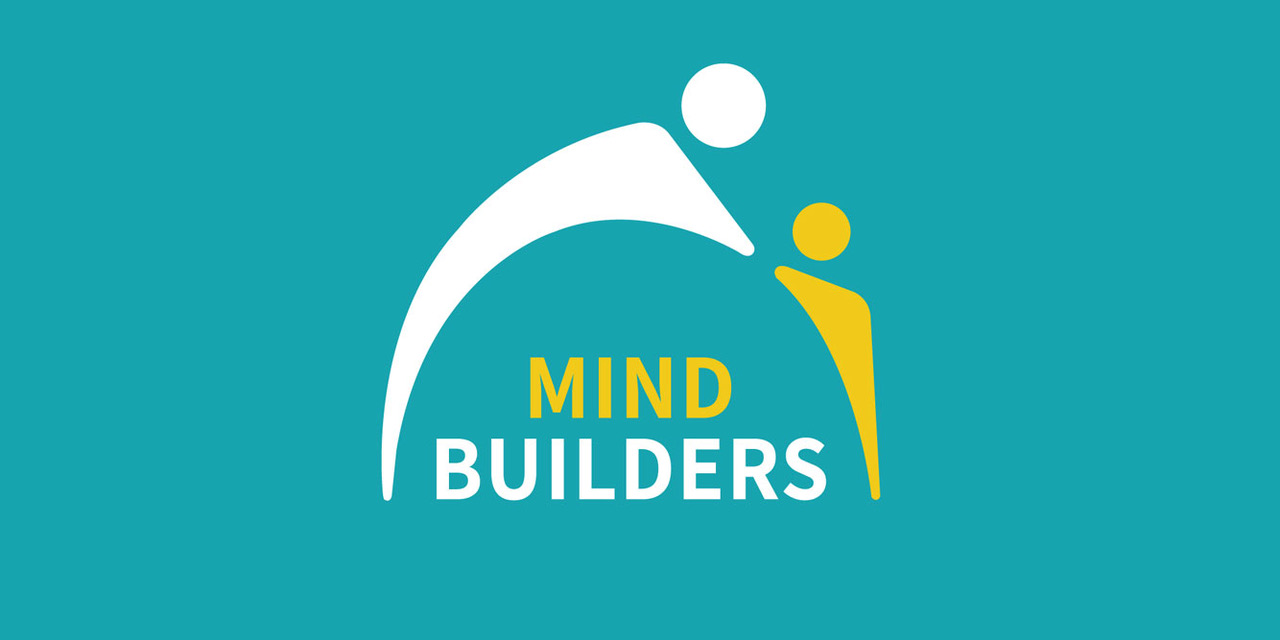Leseliste:
Relevante Bücher & Texte
Bücher zu relevanten Themen und/oder von geschätzten KollegInnen:
This page is constantly evolving! Please come back soon!

Stuart Shanker: The Overstimulated Child.
How parents better understand their child and lead them to inner balance. With the worldwide proven method of self-regulation
Dr. Stuart Shanker is revolutionizing the way we raise our children: His method of self-regulation enables children of all ages - and their parents - to find a special inner balance, a state of calm alertness. From an early age, too many stimuli affect them, and from school age at the latest, they are exposed to often unimaginable stress. This makes them restless, unfocused, aggressive and hyperactive. Adults usually react by demanding obedience - which unfortunately only leads to further increasing the pressure. Dr. Shanker's method gets to the root of the problem and offers a real solution. This is how children - from toddlers to teenagers - can be helped. Every single one.

Mona Delahooke: More than behavior
Neuroscience and compassion help understand and solve children's behavior problems
"I have worked as a clinical psychologist with colleagues, educators, and teachers for more than 25 years, and during that time I have strived to understand children's problematic or confusing behaviors. We make every effort to understand the meaning of such behavior. Many treatment paradigms in use today focus on what are thought to be the obvious causes of behavior problems: trying to attract attention, contrariness, attempts at manipulation, and avoidance of unloved activities. In contrast, this book describes a developmental and relational approach that looks at behavior problems from a different perspective. We will see that many salient and worrisome behaviors are manifestations of physiological stress responses that children exhibit when they experience a neuroception of danger. When I realized that problem behaviors are really adaptive responses, not intentional bad behavior, almost all of my previous beliefs about how to help children and their families changed." - Mona Delahooke
„Dieses Buch schafft die Grundlage für einen Paradigmenwechsel im Hinblick auf das Verständnis und die Behandlung von Kindern mit Verhaltensauffälligkeiten.“ – Stephen W. Porges

Dr. Rick Solomon: Autism – The Potential Within (only available in English)
Every parent wants to discover the potential within his or her child.
Autism: The Potential Within describes the journey of Jacob Grant – a composite of all young children with autism – and his family as they learn The PLAY Project approach. The book follows Jacob along the path from early diagnosis until entry into kindergarten. Through a series of office visits, “Dr. Rick” empowers Jim and Julie Grant to be Jacob’s best play partners. He also guides them on how to use Jacob’s misbehavior – tantrums in public, sibling rivalry, picky eating and sleep problems – to help him learn appropriate behavior and social skills. Over time, Jacob moves from nonverbal to constantly talking, and from self-isolation to being warmly connected.
Based on scientific research and decades of practice, this guide provides parents and professionals with a new way of working and interacting with young children with autism.

Uli & Bernd Bott: #gemeckerfrei
Why parenting doesn't work and how we can be the parents we want to be
A book for parents who are tired of complaining in their partnership and family, who want to live self-care and support their children instead of educating them. #gemeckerfrei stands for a relaxed everyday life in which the needs of all can be lived. For appreciative partnership of parents and a mindful parent-child relationship. Family should, must and can be happiness. Parenting is easy if you know how to do it. "No one had children to 'fight' with them. We all became parents to live family: joyfully, lovingly, together."

Herausfordernde Verhaltensweisen werden häufig durch eine ungünstige Umgebung oder unrealistische Anforderungen ausgelöst. Auf eine neue aufschlussreiche Weise geht der Autor Bo Hejlskov Elvén an das Thema heran. Er zeigt, wie sich das Verhalten von Menschen mit Autismus und anderen Entwicklungsstörungen oder geistigen Behinderungen „dramatisch“ zum Positiven verändern kann, wenn man diese Probleme identifiziert und richtig damit umgeht (Klappentext). Der Autor schlägt einfache und effektive Strategien vor, mit denen man positive Reaktionen herbeiführen und Methoden wie Bestrafung oder Fixierung vermeiden kann. Basis ist ein praxiserprobter „unaufgeregter Umgang“ mit den „Dienstleistungsnehmern“, wie er Klientinnen und Klienten nennt, um Wege weg vom Stress hin zu Ruhe und Entspannung aufzuzeigen. Das verbessert die Lebensqualität aller Beteiligten erheblich. Zahlreiche praktische Beispiele von Kindern und Erwachsenen mit unterschiedlichen Störungen und Behinderungen von Autismus bis zum Down Syndrom illustrieren die möglichen positiven Veränderungen und zeigen neue Blickwinkel auf.
Bo Hejlkov Elvén ist klinischer Psychologe. Er lebt in Schweden und arbeitet als freier Berater und Dozent für Autismus und herausforderndes Verhalten. 2009 erhielt er eine Auszeichnung vom schwedischen Autismus-Verband mit dem „Puzzle Piece of the Year“- einen Preis für seine beratende und lehrende Tätigkeit im Bereich „Herausforderndes Verhalten“.

Franco Scabbiolo, drawing on his analytic experience with Donald Meltzer and 35 years of working with autistic children and adults, invites readers into a vision of the psycho-aestheticanalytic-creative process in Feeling the Feelings of the Feeling. Scabbiolo intertwines the wisdom of psychoanalytic pioneers like Freud, Klein, Bion, and Meltzer—particualrly Meltzer’s ideas of the claustrum and aesthetic conflict—with his own feelings and concepts, such as misfeelings, unfeelings, aesthetic contrast, filmmaker of dreams, abandonment-abandoning, agoraclaustrophobia, functional minding, the aesthetic reason to create, and more.
This work may be of interest not only to psychoanalysts and art therapists but also to artists. Readers are invited to unlearn from experience as they encounter feeling the feelings of the feeling.
Long reading list
- Alvaraz, A. (2001): Finding your way back to life. Brandes & Apsel. Frankfurt
- Ayres, J. (1984): Building blocks of child development. The importance of the integration of the senses for child development. Springer, Berlin / Heidelberg
-
Bion, W. (1962): Learning through experience. Suhrkamp,Frankfurt am Mai
-
Bion, W. (1962): A Theory of Thinking. International Journal of Psychoanalysis 43, Parts. 4-5
- Bion, W. (1963): Elements of psycho-analysis. Heinemann, London
- Blatt, J. (2021): Every Child Can Learn. Using Functional Learning to Support Developmentally
Delayed Children and Their Families. 2nd revised Edition. Bell & Bain, Glasgow - Brauns, A. (2004): Cane shadows and bats. My life in another world. Goldmann, Munich
- Brazelton, B., Greenspan, S. (2002): The seven basic needs of children. Beltz Verlag, Weinheim
- Bridges, H. (2015): Reframe Your Thinking Around Autism. Jessica Kingsley, London
- Csikszentmihalyi, M. (2005): The flow experience. Beyond anxiety and boredom: getting absorbed in doing. 9th ed. Klett-Cotta, Stuttgart
- Davis, A., Isaacson, L., Harwell, M. (2014): Floortime Strategies to Promote Development in Children and Teens : A User's Guide to the DIR (R) Model. Brookes, Baltimore
- Dawson, M. (2004): The Misbehaviour of Behaviorists, Ethical Challenges to the Autism ABA Industry.https://www.sentex.ca/~nexus23/naa_aba.html, 07/18/2021.
- Feuerstein, R., Falik, L, Feuerstein, R. (2015): Changing minds and brains: the legacy of Reuven Feuerstein. New York: Teachers College Press
- Gammage, D. (2017): Playful Awakening. Releasing the Gift Of Play in Your Life. Jessica Kingsley, London
- Gauda, G. (2016): King's children and dragons. Handbook of therapeutic puppetry. BoD - Books on Demand, Norderstedt
- Gauda, G., Zirnsak, A. (2014a): Ways out of the labyrinth. Figure play with autistic children. BoD - Books on Demand, Norderstedt
- Gauda, G., Zirnsak, A. (2014b): Labyrinth in the mind. Figure play with autistic children. In: figura Zeitschrift für Puppen- und Figurentheater 71 1 / 14, 26-30.
- Gerhard, S. (2004): Why love matters. Routledge, London
- Gopnik, A., Meltzow, A., Kuhl, P. (1999): How babies think. Weidenfeld & Nicolson
- Grandin, T. (1997): I am the anthropologist on Mars. My life as an autistic person. Knaur, Munich
- Greenspan, S., Shanker, S. (2007): The first thought. Early childhood communication and the evolution of human thought. Beltz, Weinheim / Basel
- Greenspan, S., Shanker, S. (2004): The First Idea. How Symbols, Language, and Intelligence Evolved From Our Primate Ancestors to Modern Humans. Da Capo Press, Cambridge
- Greenspan, S., Greenspan, N. (2010): The Learning Tree. Overcoming Learning Disabilities From the Ground Up. Da Capo Press, Cambridge
- Greenspan, S., Wieder, S. (2006): Engaging Autism. Using theFloortime Approach to Help Children Relate, Communicate, and Think. Da Capo Press, Cambridge
- Greenspan, S., Wieder, E. (2005): Can children with autism master the core deficits and become empathetic, creative and reflective? A 10-15 year follow-up. in: Journal of Developmental and Learning Disorders 9).
- Greenspan, S., Wieder, S. (2001): My child learns differently. A handbook for guiding children with special needs. Walter, Düsseldorf / Zurich
- Greenspan, S., Wieder, S. (1998): The child with special needs. Encouraging intellectual and emotional growth. Addison-Wesley / Addison Wesley Longman, Reading, Massachusetts.
- Greenspan, S., Wieder, S. (1997a): Developmental Patterns and Outcomes in Infants and Children with Disorders in Relating and Communicating: A Chart Review Of 200 Cases Of Children With Autistic Spectrum Diagnoses. Journal of Developmental and Learning Disorders 1, 87-141.
- Greenspan, S., Wieder, S. (1997b): An Integrated Developmental Approach to Interventions for Young Children with Severe Difficulties in Relating and Communicating. Zero to Three 17, 5-17
- Greenspan, S., DeGangi, G., Wieder, S. (2001): The Functional Emotional Assessment Scale (FEAS) for Infancy & Early Childhood: Clinical & Research Applications (www.icdl.com).
- Hawkins, M. (2019): Learning to Learn. How to Teach Children with Learning Difficulties or Autism to Learn. Peculiarity Press, Henley-on-Thames.
- Hüther, G., Aart, M. (2010): Relationship works wonders. What children and adolescents need to grow up. Jokers Edition (DVD)
- Hüther, G., Bonney, H. (2002): News from the fidget. Walter Verlag, Olten
Hüther, G., Quarch, C. (2016): Save the game! Because life is more than functioning. Carl Hanser, Munich - Hughes, A. M. (2016): Developing Play for the Under 3s. The Treasure Basket and Heuristic Play. 3rd Edition. Routledge, Oxon / New York
- Janert, S. (2020a): Building bridges for autistic children. A parent's guide. 4th, ed. Ernst Reinhardt, Munich
- Janert, S. (2020b): Treating autism well: Developing relationships or behavioral training. Evidence-based practice: effectiveness in early special education. SNB Member Magazine
- Janert, S. (2018a): Autism and family. Medimont Publishing House, Munich
- Janert, S. (2018b): Family life. Loving and clear child rearing. Medimont Publishing House
- Janert, S. (2018c): Interactive play with another person: DIR - Floortime - PLAY. In: https://autistischen-kindern-bruecken-bauen.de / floortime-2 / , 28.07.2020
- Janert, S. (2012): MindBuilders' Play Manual. Practical Ideas for healthy Development, Play and Behaviour at Home. MindBuilders, London
- Juul, J. (2016): Being leader wolves. Loving leadership in the family. Belz, Weinheim / Basel Kastner-Koller, U., Deimann, P. (2012): The Vienna Developmental Test. A procedure for assessing the general level of development in children from 3 to 6 years. Hogrefe, Göttingen
- Largo, R. H., Benz, C. (2003): Learning through play. In: Papoušek, M., Gontard, A. v. (Eds.), 56-75.
- Levin Fox, S. (2021): An Autism Casebook for Parents and Practitioners: The Child behind the Symptoms. Routledge, New York
- Levine, P. (2011): Language without words: How our bodies process trauma and return us to inner balance. Kösel, Munich
- Michl, W., Seidel, H. (Eds.) (2018): Handbook of experiential education. Ernst Reinhardt,
Munich - Porges, S. (2021): Polyvagal theory and the search for safety: trauma treatment,
social commitment and bonding. Probst, Lichtenau - Shanker, S. (2019): The overstimulated child. How parents better understand and guide their child to inner balance. Using the globally proven method of self-regulation. Goldmann, Munich
- Simmer, E. (2019): https://www.altteaching.org / us-government-reports-that-aba-doesntwork/ , 07/28/2021
- Solomon, R. (2016): Autism: The Potential Within. The PLAY Project Approach to Helping Young Children with Autism. Lulu Publishing Services, Raleigh
- Solter, A. (2015): Play creates closeness - closeness solves conflicts. Play ideas for good bonding. Kösel, Munich
- Stroh, K., et al. (2008): Every Child Can Learn. Using Learning Tools and Play to Help Children with Developmental Delay. Sage, London
- Waldon, G. (1985): Learning how to understand. Understanding understanding. An introduction to a personal view of the educational needs of children. In: https://www.waldonassociation.org.uk / pdfs / library-index / waldon-associates-understanding-understanding.pdf, 29.06.2020.
- Wilson, F. R. (2000): The hand - evolution's stroke of genius. Its influence on the brain,
Human language and culture. Klett-Cotta, Stuttgart - Winnicott, D. W. (1960): The Maturational Process and the Facilitating Environment: Studies in the Theory of Emotional Development. New York: International Universities Press, Inc: 140-57.
- Vygotsky, L. (1987): The problem of ages and the dynamics of development. In: Lompscher, J. (ed.), Lev Vygotsky - Selected Writings. Volume 2: Works on the psychological development of personality. Pahl-Rugenstein, Cologne
- Austad, L. (2018): Still face experiment. https://youtu.be / bOR7jId8wYk, 07/18/2021
- Grandin, T. (2010): Appearing on TED Talks. In:https://www.ted.com / talks / temple_grandin_the_world_needs_all_kinds_of_minds?language=en, 08.08.2020
Hawn, G. (2012): Happiness. In: https://www.youtube.com / watch?v=QDfb7lsKo0M,04.01.2021 - Shanker, S. et al.(2018) CBC News 2018, in https://youtu.be / D2MZw7Ugccw or https://www.cbc.ca / player / play / 2220350494, 07/18/2021.
- Tronick, E. (2016): Multilevel psychobiological meaning making and empathy. https://www.youtube.com / watch?v=mGqgGM1AkPw, 9/13/2016.
- Tronick, E. (2007): The Neurobehavioral and Social-Emotional Development of Infants and Children, New York. https://youtu.be / apzXGEbZht0, 18.07.2021
English:
Beyond Behaviour


